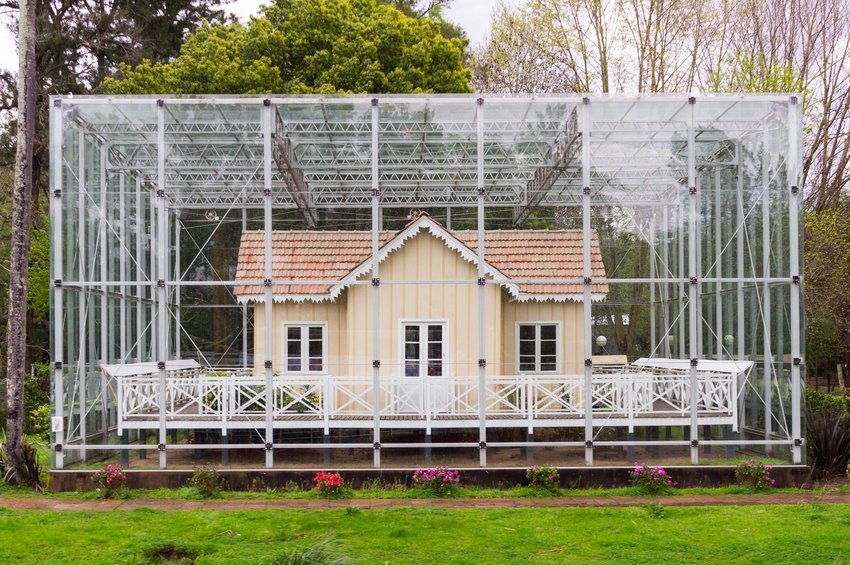Argentina is famous for many things. Think natural sights like the Andes and Iguazú Falls, or the cultural obsession with football and tango. But you may not know that Argentina also boasts a striking architectural landscape influenced by the traditions of indigenous groups and European settlers. Here are some unusual homes that you can find and visit on a tour around the world’s eighth largest country.
Butch Cassidy’s Cabin, Chubut Province
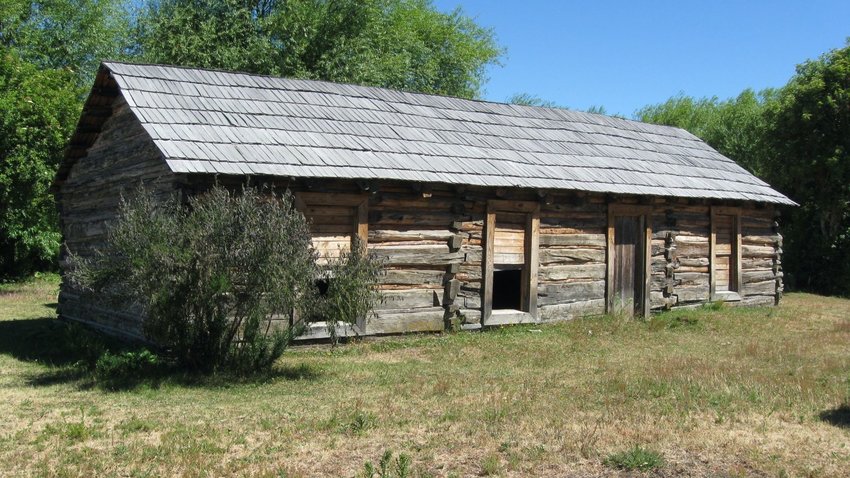
After a string of train robberies in the late 1800s and with the Pinkerton agency on his tail, Butch Cassidy and the Sundance Kid, along with Cassidy’s young consort Etta Place, boarded a steamship in New York and fled to Argentina. Disembarking in Buenos Aires, the Wild Bunch met George Newberry, an American with an interest in colonizing the Patagonia region.
Rumor abounds that in 1905 Butch Cassidy, the Sundance Kid and fellow gunslinger Robert Evans robbed a bank in the Patagonian city of Rio Gallegos. They then fled across the wilderness to the town of Cholila and settled at a log cabin set on the banks of the Rio Branco. The bandits soon left for Chile, but the ranch-like house stands over 100 years later, and evokes memories of a bygone era of cowboy myths and legends.
Casa Mínima, Buenos Aires
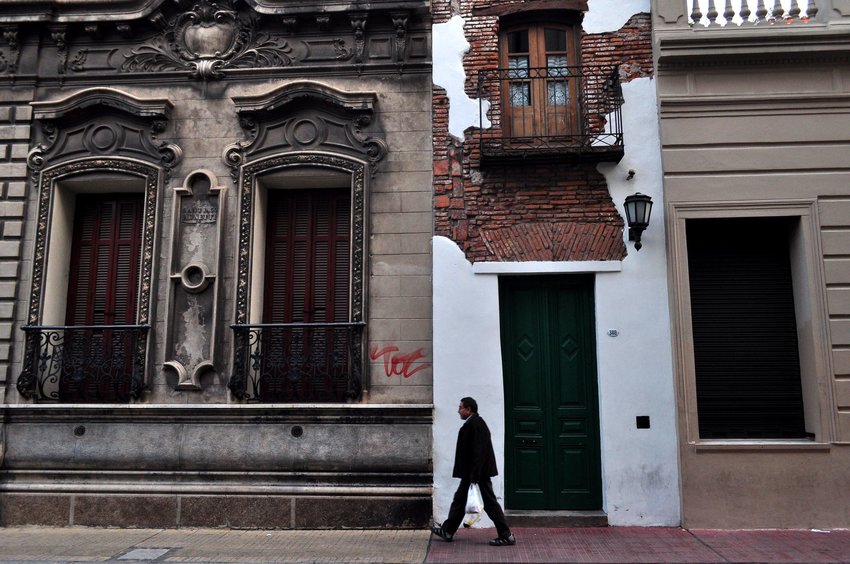
With cobblestone streets framed by colonial houses, some pristine and others decaying, San Telmo earns accolades for being Buenos Aires’s most atmospheric neighborhood. However, one of the area’s more interesting houses has gained fame for being only 8.2 feet (2.5 meters) wide, making it the narrowest still-standing house in the city. Despite it’s minute size, the house’s exposed brickwork, wrought-iron balcony and antique streetlamp give it a postcard-like image.
There’s some debate about the origins of the house. One story states that it was built in 1813 for liberated slaves on land attached to the home of their one-time masters. Another claims that it was once part of a large residence whose owners decided to divide up and sell off, and some poor calculations supposedly left the owners with the smallest portion. Around the corner, the El Zanjón musuem has exhibits about the landmark.
Casa Sarmiento, Tigre
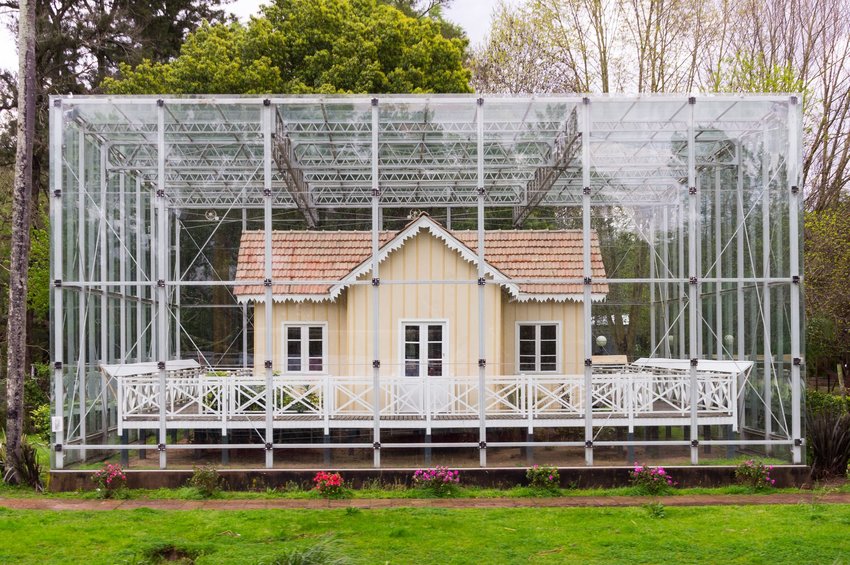
Travel into the rivers and waterways of the Tigre Delta and you can visit the former home of Argentina’s seventh president, Domingo Faustino Sarmiento. After discovering the delta around 1850, Sarmiento became one of the first to promote it as a tranquil escape from the city to the citizens of Buenos Aires. He then constructed a house and lived peacefully on a riverbank from 1850 until his passing in 1888.
Nowadays the pale yellow wooden house sits like a museum exhibit, enclosed in a glass box to protect it from weathering. Rooms are decorated with original furniture pieces, photographs and pictures, offering a glimpse into the life of the president, who was affectionately known as El Maestro (The Teacher). Among his greatest achievements were his education policies, construction of free schools, teacher training and opening of free libraries throughout the country.
Chalet Díaz, Buenos Aires
Crowds gather daily in the heart of downtown Buenos Aires to snap photos of the Obelisco. Yet overlooking this emblematic landmark and the bustle of the unimaginably wide 9 de Julio Avenue is something even more curious. Perched on the top floor of a mixed residential and commercial building is a two floor Norman-style house affectionately called the chalecito en el cielo (little chalet in the sky).
The chalet has stood since 1927 and was the idea of furniture entrepreneur Rafael Díaz, who arrived from Valencia in the early-1900s. At the time, the building beneath the rooftop house served as his the furniture store offices. Díaz decided that he needed somewhere nearby to have lunch and take a nap before making the then arduous journey back to his home outside of the city, so what better place to erect a house than on the building’s terrace? Over the years, the proprietor would have witnessed the development of the city from his sofa.
Ecological Plastic Bottle House, Puerto Iguazú
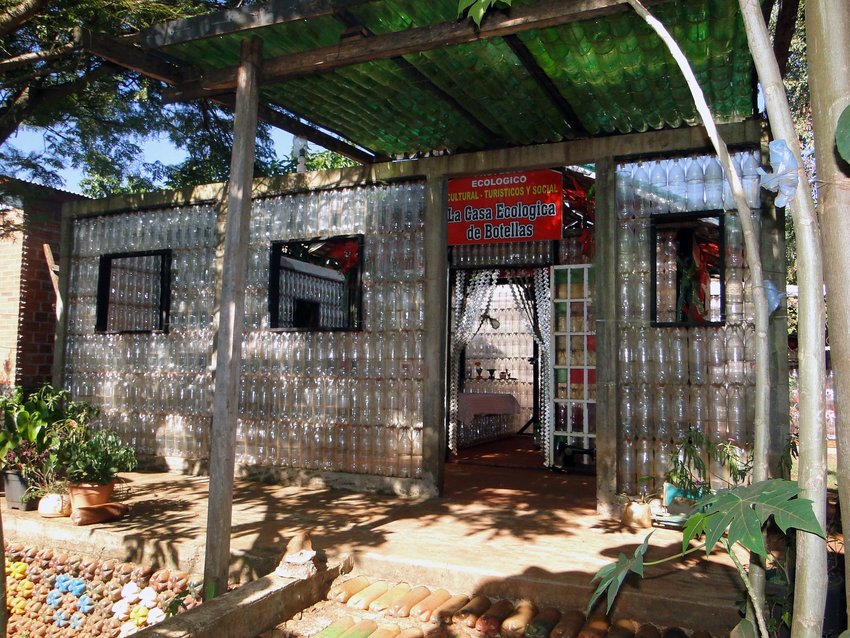
In an era when sustainability seems more important than ever, one Argentine family has been a pioneer of renewable living since the 2000s. During a financial crisis, Alfredo Santa Cruz made money by collecting and selling bottles, cardboard and cans. When his daughter asked for toys and a doll house, he discovered a way to construct a house entirely from recycled materials. Fast forward two decades, and the Casa Ecológica de Botella has become a place to live, generate an income, and contribute to the environment.
Walking around the house is quite the eye opener. The walls of the main house feature 1,200 plastic bottles, the roof is made from 1,300 tetra pak cartons, and the windows are created from CD cases. The bases of the armchairs, sofas and beds are all made from plastic bottles, too. Alfredo takes visitors on a guided tour of the house, and at the end of the journey, you can purchase souvenirs made by the architect himself.
Villa Ocampo, Beccar
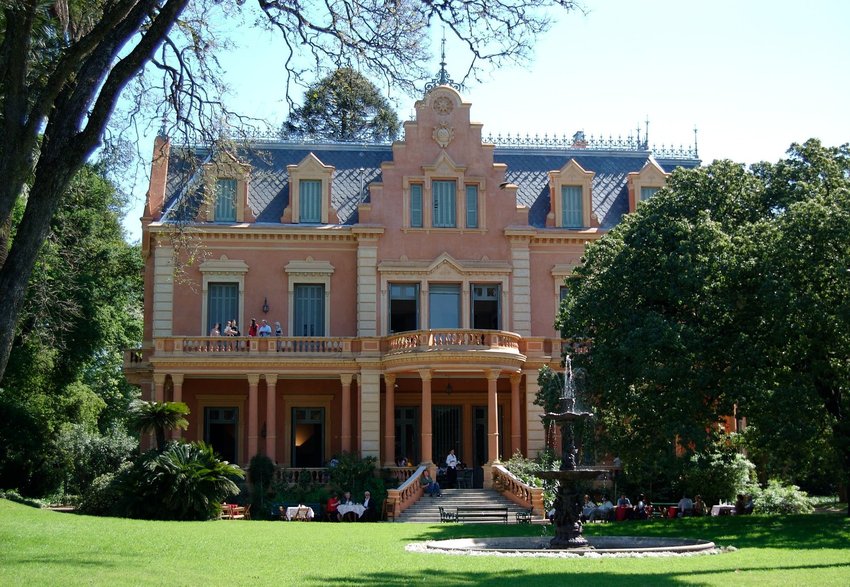
Tucked away on a side street in a leafy northern suburb of Buenos Aires, Villa Ocampo is the former mansion of freethinker, writer and feminist Victoria Ocampo. Born into high society, Ocampo is revered for being the founder of the Sur magazine. Through the magazine, she spearheaded the promotion and translation of works by 20th-century literary greats such as Aldous Huxley, Dylan Thomas and Viriginia Wolfe. She spoke out against Mussolini, opposed national governments and attended the Nuremberg Trials.
While boasting an eclectic design, it’s the aristocratic ambiance of the UNESCO-listed Villa Ocampo that impresses visitors. Strolling between the rooms and around the garden retraces the footsteps of Ocampo’s esteemed guests. Among them were none other than Antoine de Saint-Exupéry, Indira Gandhi, Rabindranath Tagore and Rafael Alberti. There’s even a piano whose ivories were once tickled by Igor Stravinsky, and hanging on the wall, you can even spot a tapestry by Pablo Picasso.
